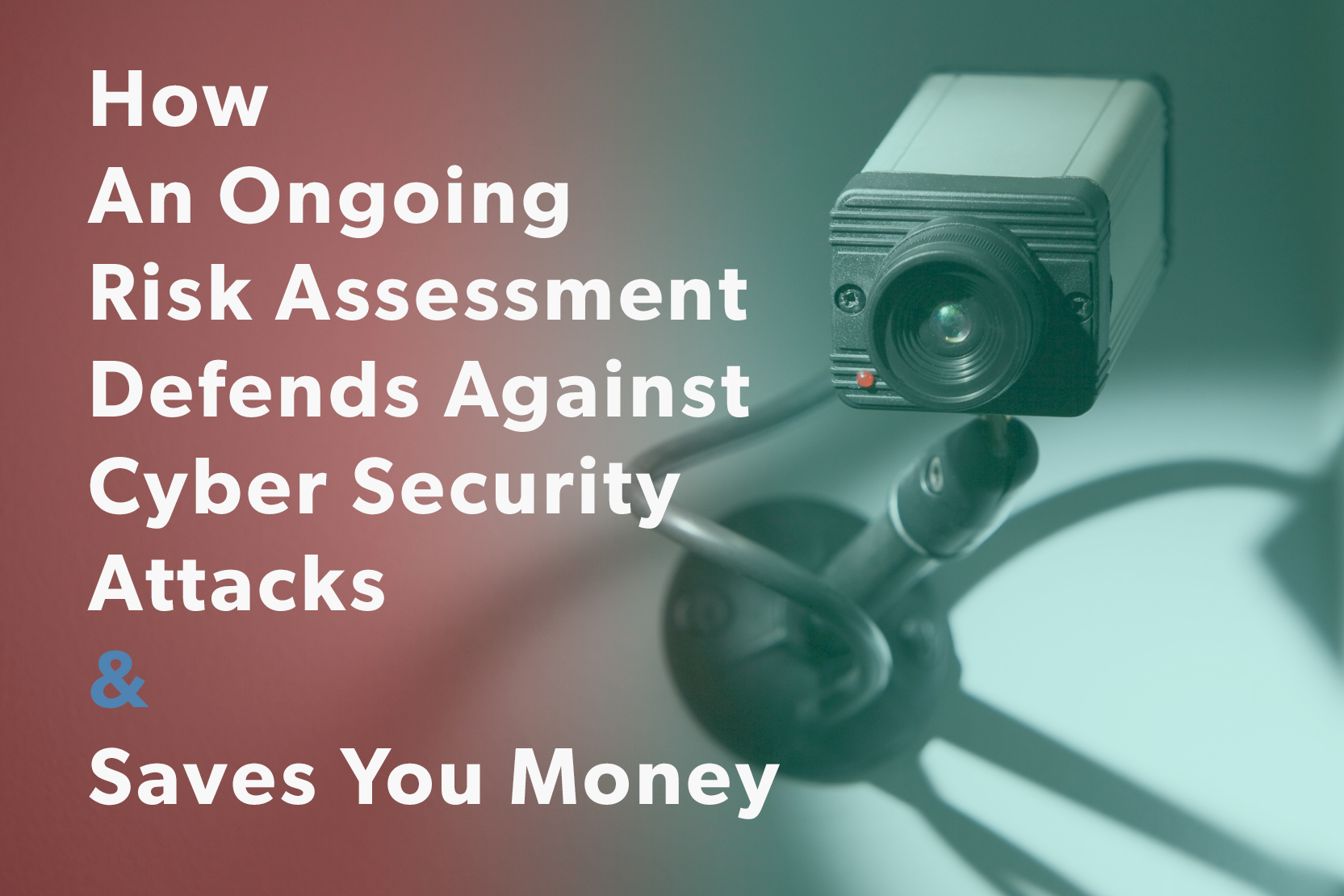1 min read
FedLine Assessment 101: A Step-by-Step Guide
Here are the key takeaways from this blog: Annual Compliance Requirement: The FedLine Assessment is an annual requirement established by the Federal...

Here are the key takeaways from this blog:
Check out the Cyber Risk Management Model that examiners reference
We hope you found our last blog, "FedLine Assessment 101: A Step-by-Step Guide," informative and helpful in understanding the basics of the FedLine assessment process. In this article, we'll be delving deeper into the assessment process and exploring how an evidence-based approach can significantly reduce efforts while enhancing security measures.
While the traditional audit and assessment process has been the backbone of compliance for a long time, the evolving regulation and threat landscape demands a more efficient and comprehensive approach. The conventional method involves a series of assessments and evaluations, often conducted independently by different departments on different control frameworks, resulting in siloed efforts and limited collaboration among stakeholders. These factors contribute to several challenges:
Inefficiency and Duplication of Efforts: Different teams conducting assessments independently can lead to overlapping controls and redundant work, draining valuable resources and causing confusion.
Limited Collaboration among Stakeholders: Key stakeholders, such as security teams, IT Teams, EUACs, and compliance officers, often work in isolation, leading to fragmented insights and difficulty in addressing security comprehensively.
Time-Consuming Procedures: The traditional process can be time-consuming, with assessments spread across various stages, delaying the identification and mitigation of potential security risks.
Other organizations have tried building crosswalks and mapping controls to other controls to streamline assessments, but we find this always leaves gaps in control assessments and becomes too messy to manage and maintain long term.
One of our clients, an information security officer at a midsize credit union, once told us that he spends at least 30% of his year prepping for audits with this traditional approach.
To address the limitations of the traditional FedLine assessment process and other control management, an evidence-based approach presents a transformative solution.
It focuses on the security job to be done, and the proof that the controls are in place and operating effectively.
Let me show you an example of how this works. Every cybersecurity control framework has an anti-virus and anti-malware requirement. Whether it is the FedLine controls, NIST, CIS, ACET, NCUA ISE, ISO, you name it.
Rather than assessing the anti-virus controls for each of these frameworks individually and duplicating efforts, you focus on and gather one or two pieces of evidence that prove that you have sufficient anti-virus in place. This might be a screenshot of your anti-virus configuration settings and a screenshot of all devices on your network with up-to-date AV in place.
You gather evidence once and prove compliance across multiple frameworks that you are required to comply with. By taking this approach, you now know where you stand with compliance across multiple control frameworks and know that each framework is backed by evidence with no gaps.
This not only reduces the duplication of prepping for each audit and assessment individually but also improves security by requiring control/evidence owners to provide proof that they are operating their controls periodically throughout the year.
When it is time for your annual FedLine assessment each year, all your evidence is ready to go, you know exactly what your compliance is, and you can sign your attestation for the Fed. No additional effort is required.
There are a couple of different ways you can set up an evidence-based approach. I am going to start by showing you the free approach using a tool like Google Sheets, folder structures, or project management tools you may already have, and then show you how we automate this with the Rivial Platform.
The first step is you need to perform a one-time mapping of each control framework you want to manage to the minimum amount of required evidence items to prove all controls are in place. This can easily be accomplished in a spreadsheet, Google Sheets/Drive, or table in your project management software that allows a one-to-many linking.
In a Google Sheet link your controls from multiple frameworks to the required evidence items in a second spreadsheet. Each evidence item can be stored in google drive and linked to the evidence in your spreadsheet. (Pro tip: we have a mapping for all common control frameworks including FedLine in our platform).
Once your mapping is setup, you want to assign your evidence items to their respective owners. For example, you will want to assign the anti-virus screenshot to the employee responsible for managing anti-virus and set a periodic email reminder to go out to that person to gather the evidence.
Once your setup is complete, evidence owners will begin to get reminders, and upload their evidence items, then periodically someone just needs to review and approve the evidence items that meet the control objectives.
If the above setup is more than you want to take on, you can be up and running in the Rivial Platform in under an hour. We have all common control frameworks pre-mapped including the FedLine controls for you to utilize with one click setup.
After selecting your frameworks you can quickly assign evidence owners (frequencies are preset).
Enable Evidence: At this point, automatic reminders will begin to go out to evidence owners at their defined frequency to upload their evidence. Once evidence is uploaded it will be pending validation until someone reviews and approves it.
You can go to your control dashboard at any time and see exactly where you stand with each framework.
Finally, the next time you have an audit, you can select the framework that is being audited and download all of your evidence items with 1 click.
As the FedLine assessment process evolves, and you need to comply with additional compliance frameworks, embracing an evidence-based approach becomes crucial for enhancing security practices and saving time. By focusing on the evidence at hand and understanding the security job to be done, organizations can break down silos, streamline efforts, reduce duplication of efforts, and strengthen security.
We hope that this blog inspires you to adopt an evidence-based approach for your organization’s FedLine assessment this year and for all future compliance management.
Check out the Cyber Risk Management Model that examiners reference

1 min read
Here are the key takeaways from this blog: Annual Compliance Requirement: The FedLine Assessment is an annual requirement established by the Federal...

1 min read
Here are the key takeaways from this blog: One-time assessments are outdated — the pace and complexity of today’s cyber threats require continuous,...

This blog post is our 4th post in our 5 Principles Blog series. We've come up with a new way to make security for organizations easier and more...